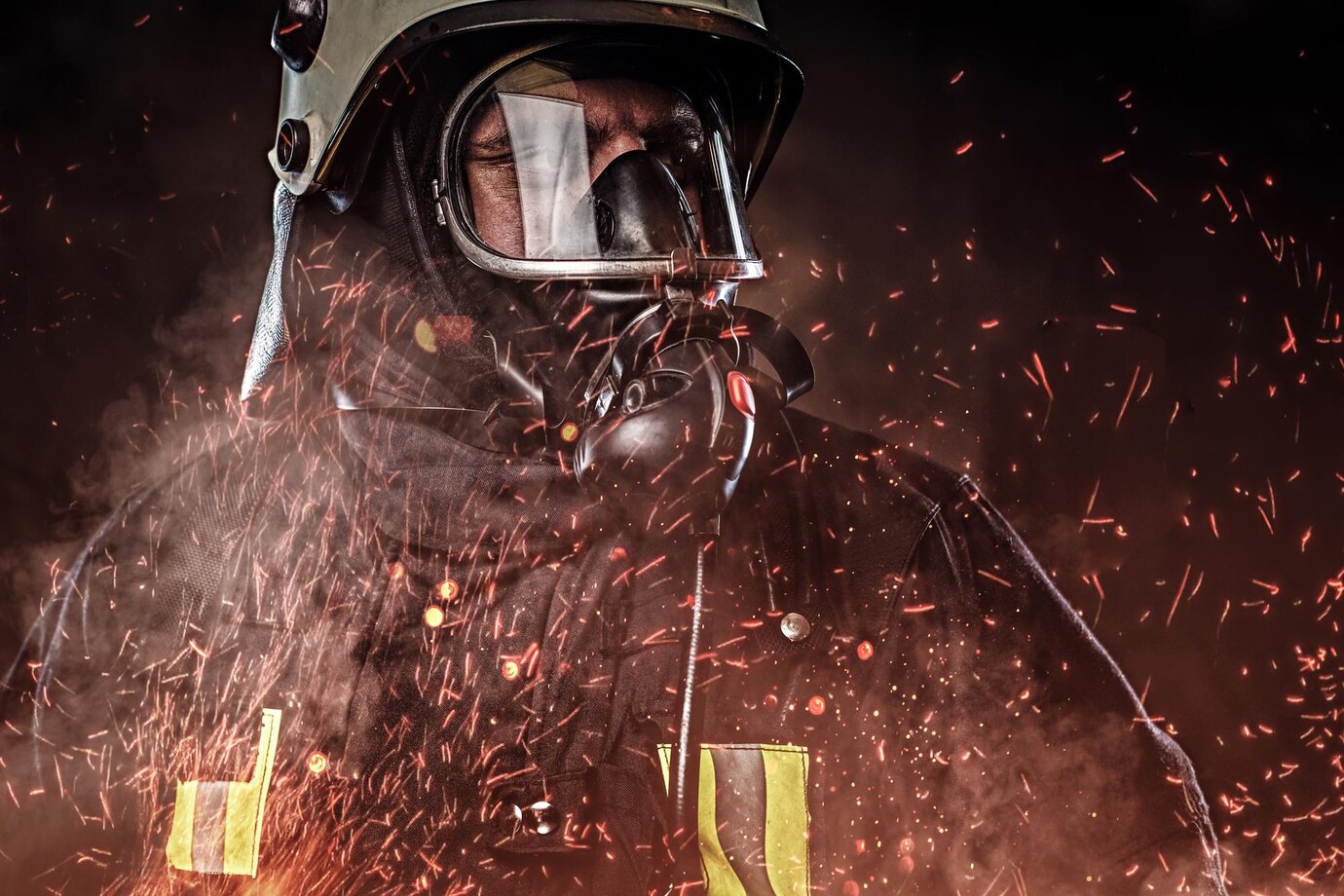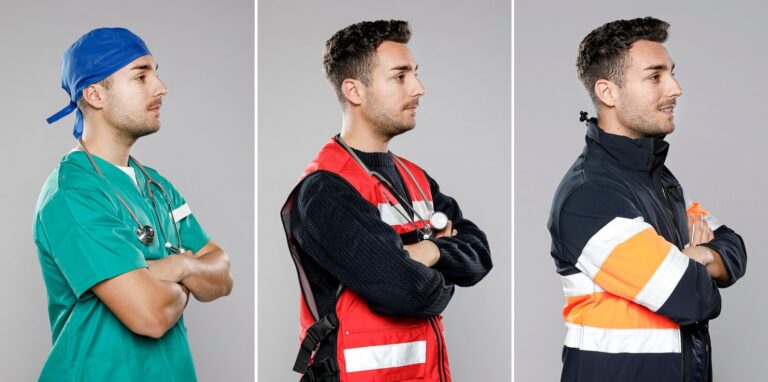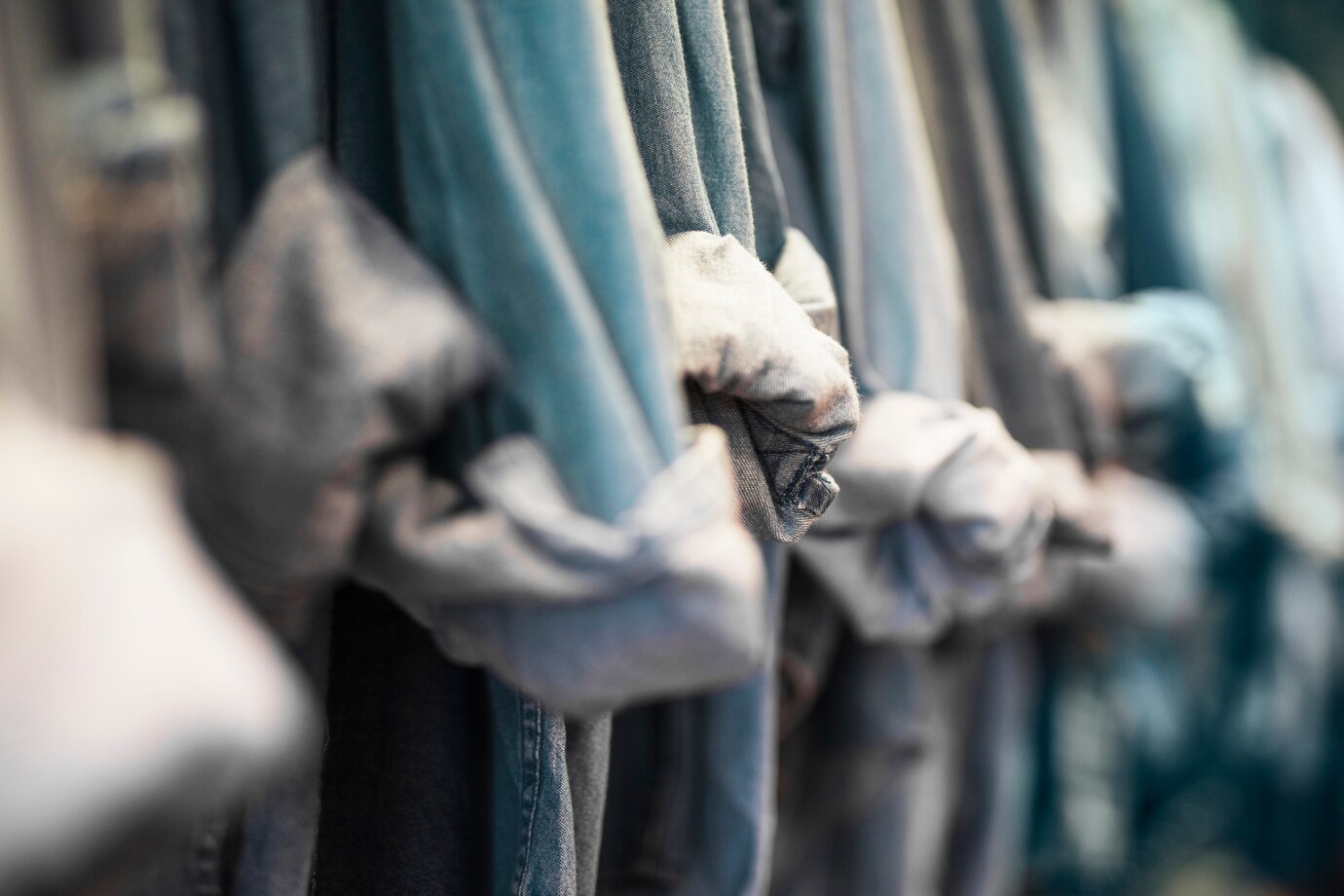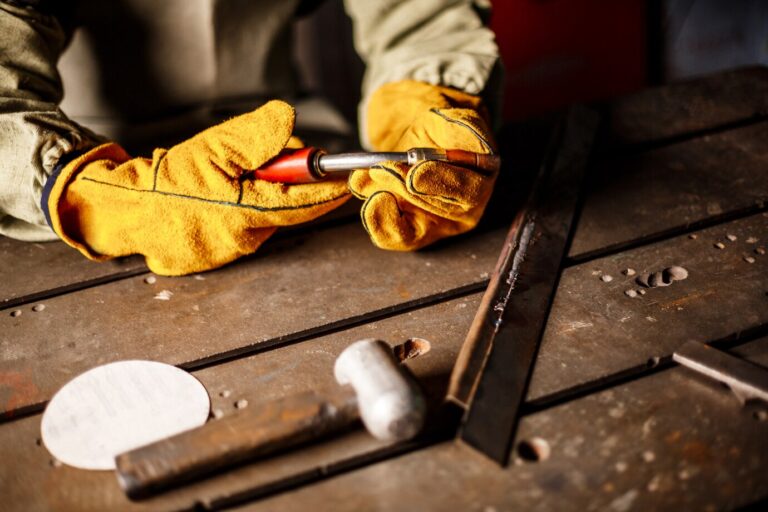Inside workwear Properties
Workwear Industry’s Specifications
The workwear industry has its own product standards for reliability and the use of durable technologies. We take care of all product standards and certify the use of new technologies in the workwear sector.
Properties
Below is the list of major properties required in workwear across various industries.
Properties
- Durability
- Flame Resistance
- Chemical Resistance
- High-Visibility
- Waterproof and Weather Resistance
- Anti-Static Properties
- Breathability
- Puncture and Abrasion Resistance
- Arc Flash Protection
- Lightweight and Flexible Design
- Hygiene and Cleanliness
- Thermal Insulation
- UV Protection
- Cut Resistance
- Reinforced Knee and Elbow Patches

Durability
Essential for workwear in industries like construction, manufacturing, and mining, where clothing must withstand harsh conditions.
Durable fabrics such as heavy-duty cotton and reinforced seams ensure longevity and resistance to wear and tear.

Flame Resistance
Critical for firefighting, oil & gas, and electrical industries, where protection from fire and high temperatures is essential.
Flame-resistant (FR) workwear made from materials like Nomex or treated cotton provides fire protection, helping meet safety standards like NFPA 2112.

Chemical Resistance
Vital for workers in chemical processing, pharmaceuticals, and laboratories.
Chemical-resistant workwear shields against spills and hazardous substances, often made from materials like PVC, neoprene, or rubber for added protection.

High Visibility
Essential in construction, roadwork, and logistics for low-light and high-risk environments.
High-visibility clothing with fluorescent colors and reflective strips ensures workers are seen from a distance, meeting standards like EN ISO 20471.

Waterproof and Weather Resistance
Necessary for outdoor workers in agriculture, forestry, and logistics who face varying weather conditions.
Waterproof workwear keeps workers dry in rain or snow and may include additional insulation for extreme cold, using materials like Gore-Tex.

Anti-Static Properties
Required in electronics manufacturing, pharmaceuticals, and explosives industries to prevent static buildup.
Anti-static workwear reduces the risk of static electricity, protecting both the worker and sensitive equipment.

Breathability
Important for workers in hot environments or physically demanding jobs, such as those in construction or warehousing.
Breathable fabrics like cotton blends and moisture-wicking materials keep workers comfortable by allowing airflow and reducing sweat.

Puncture and Abrasion Resistance
Essential for forestry, mining, and metalworking industries where clothing may come into contact with sharp objects.
Abrasion-resistant and puncture-proof materials such as Kevlar provide a protective layer against cuts and abrasions.

Arc Flash Protection
Required in high-voltage settings like utilities, electrical work, and energy sectors.
Arc flash protective workwear is made from specialized fabrics designed to resist high-energy electric arcs, adhering to safety regulations like NFPA 70E.

Lightweight and Flexible Design
Important in industries requiring high mobility like healthcare, hospitality, and food service.
Lightweight workwear ensures comfort and ease of movement, while still meeting industry standards for hygiene or mild protection.

Hygiene and Cleanliness
Necessary in healthcare, food processing, and laboratory environments.
Antimicrobial and easy-to-clean fabrics ensure that workwear meets strict hygiene standards, preventing the spread of bacteria and contaminants.

Thermal Insulation
Required in cold storage, refrigerated logistics, and outdoor winter work to protect against extreme cold.
Insulated workwear with thermal liners provides warmth, while also being waterproof or windproof as needed.

UV Protection
Important for outdoor workers in industries like agriculture, construction, and landscaping who are exposed to prolonged sunlight.
UV-resistant fabrics protect workers from harmful UV rays, reducing risks of skin damage.

Cut Resistance
Necessary for those in metalworking, glass handling, and automotive industries.
Cut-resistant gloves and clothing with materials like Kevlar and Dyneema protect against sharp tools and materials, reducing injury risk.

Reinforced Knee and Elbow Patches
Useful in jobs requiring kneeling or bending, such as plumbing, floor installation, and mechanics.
Reinforcements add durability and comfort, enhancing workwear lifespan.
